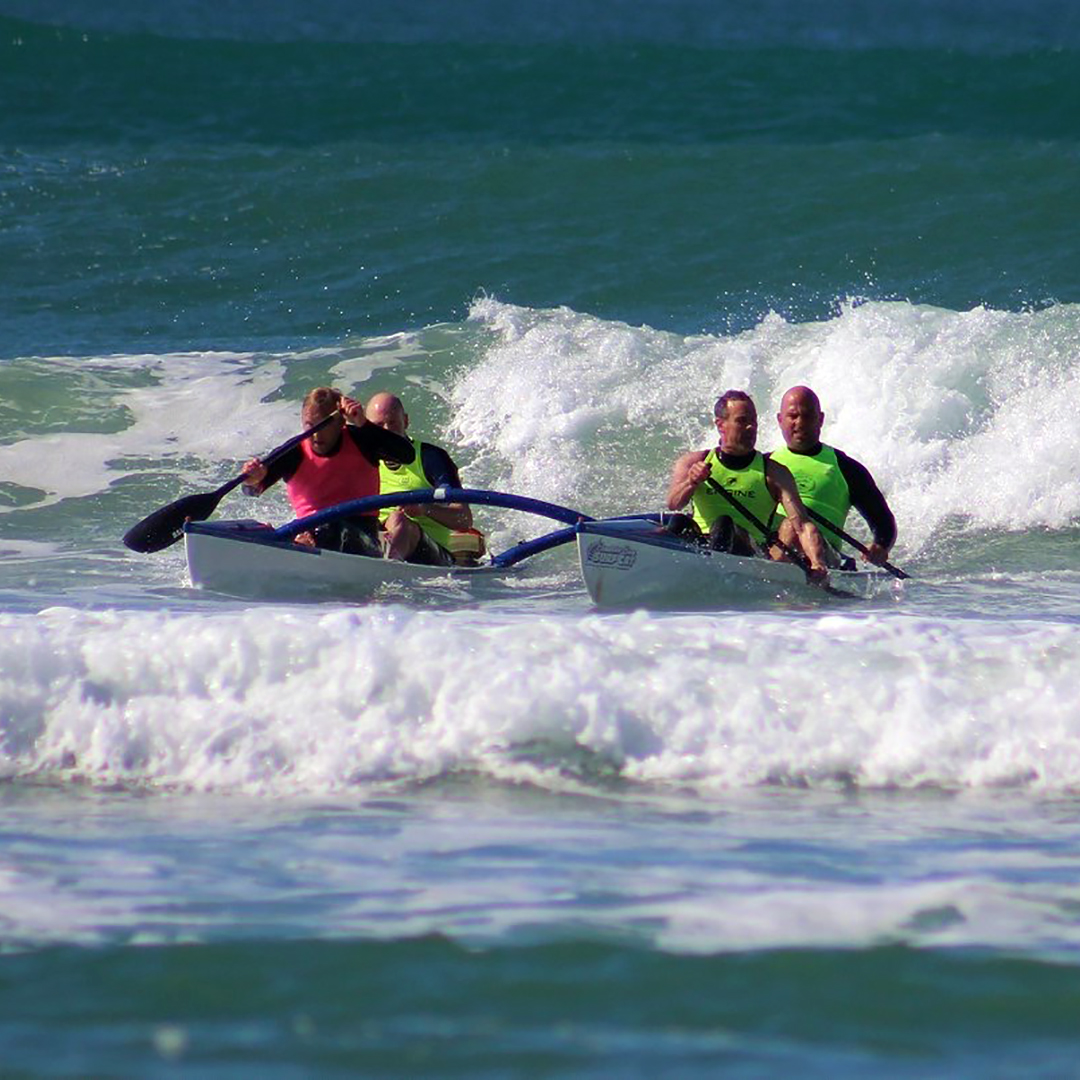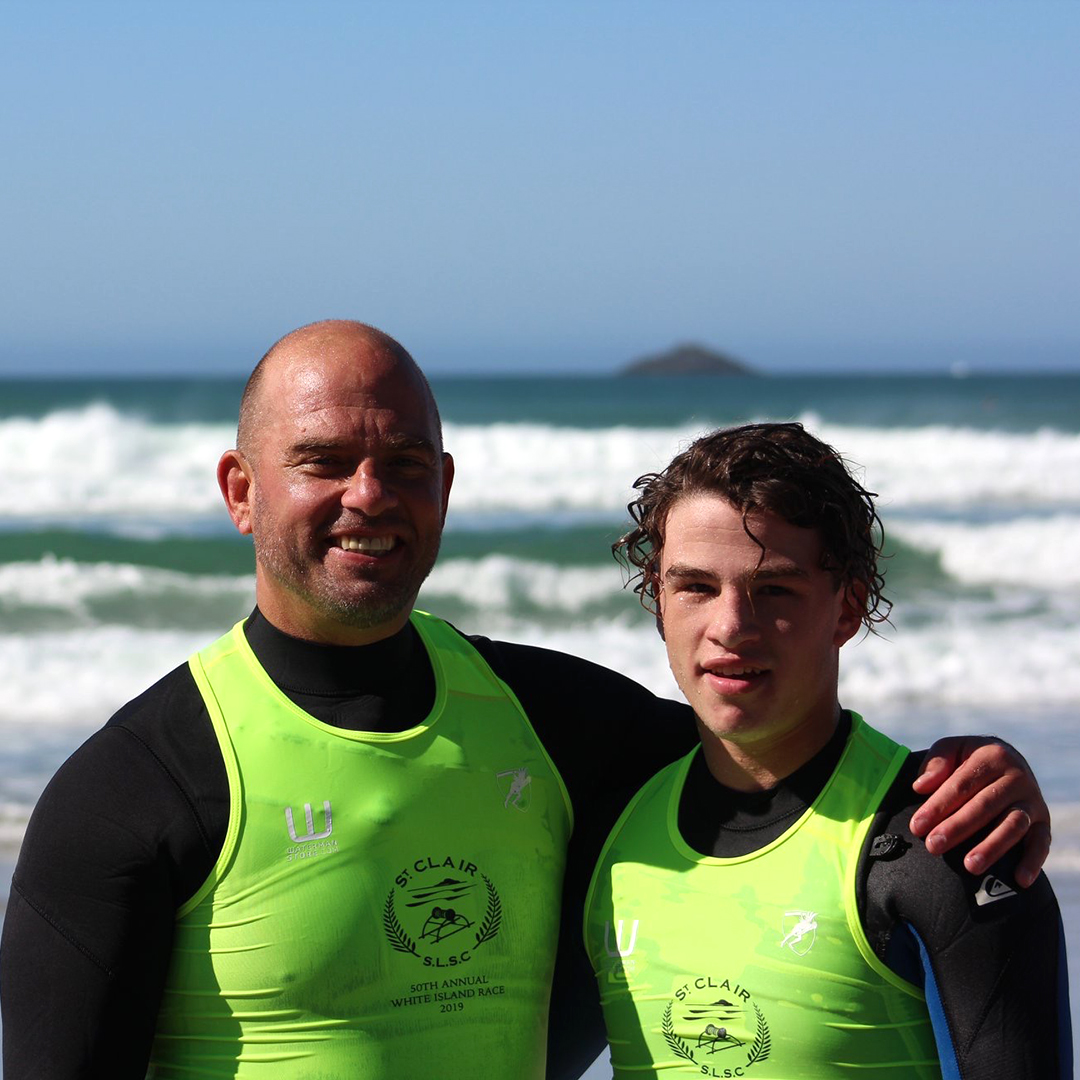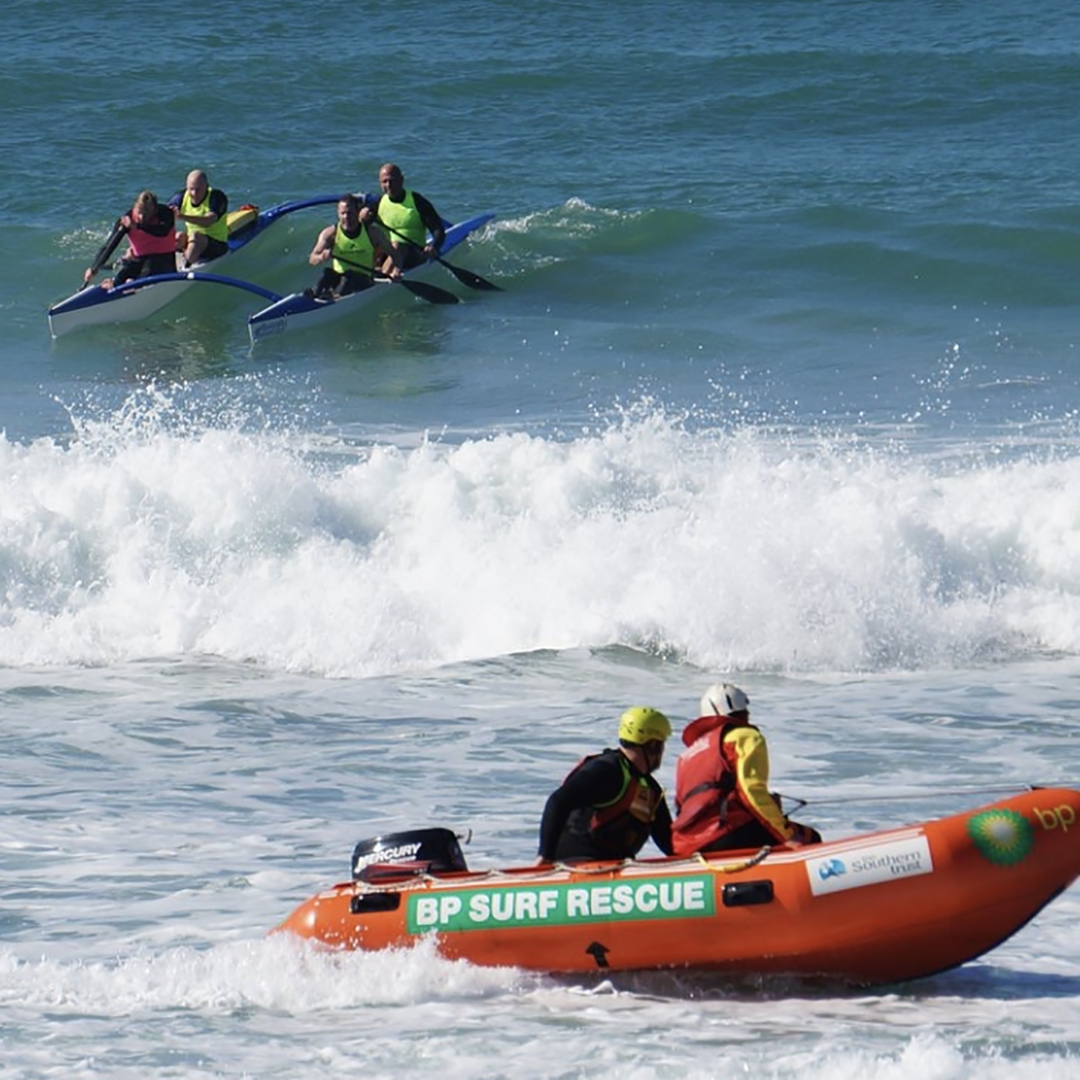Surf Life Saving
Surf Life Saving New Zealand Inc. (SLSNZ) is the charity representing 74 Surf Life Saving Clubs in New Zealand. There are 74 clubs in New Zealand with about 17,000 members.
SLSNZ’s purpose is to protect our community in the water. Being an island nation and with our high statistics for drowning, SLSNZ provides an invaluable, essential service within the community.
Surf Life Saving sport plays an important and significant role in training our members to have the ability and fitness to provide this essential service. The sport also inspires and motivates our volunteers to keep their passion for the service
Surf Life Saving is both a sport and a community service. SLSNZ's income is $6m a year derived from sponsorship, gaming machine grants and The NZ Lottery Grants Board. The organisation's total income is approximately $10m. SLSNZ does not charge a national membership levy, instead providing programmes and distributing over $2m each year to clubs. Surprisingly there is no government funding for our service.
Surf Life Saving was born in 1906 in Australia. The service and sport was first imported to NZ on the shores of Lyall Bay and New Brighton in 1910. By the end of the year, four more clubs had sprung up and started patrolling.
Surf Life Saving New Zealand’s story is one of extraordinary efforts to save people from the unpredictable seas. For 60 years, lifeguards used a reel and line. The reel tied victim and rescuer together. In the 1970’s lifesaving was revolutionised by the use of fins and rescue tubes, rescue crafts. Rescue times were reduced from hours to minutes! This also made the service far more professional and effective. During this time lifeguarding and sporting carnival attractive many people with up to 10,000 people attending a carnival.
Surf Life Saving in New Zealand these days is now stronger than ever. Through out summer volunteers are patrolling our beaches, always looking for an upraised hand or listening for a cry for help. Even our junior members are on the lookout for anyone who looks like they may be in trouble. It is not uncommon for our members to rescue some would be swimmer or boogie boarder during one of their many training sessions! Red and yellow flags remain a symbol of safety in the surf.
Though traditions, equipment and practices have changed, one fact has endured: lifeguards are in it for life.
Having lived in St Clair most of my life and with our young family interested in the surf and swimming we first became involved in the St Clair Club as a safety measure for our own children. The rule being that if you wanted to surf then you needed to know about the ocean and associated risks. What better way than as a nipper in the Junior Club? We quickly became involved in the community club and as our son’s love and aptitude for the sport evolved so too did ours. Last year our son and I became qualified life guards.
I’m “in it for life” – are you?







